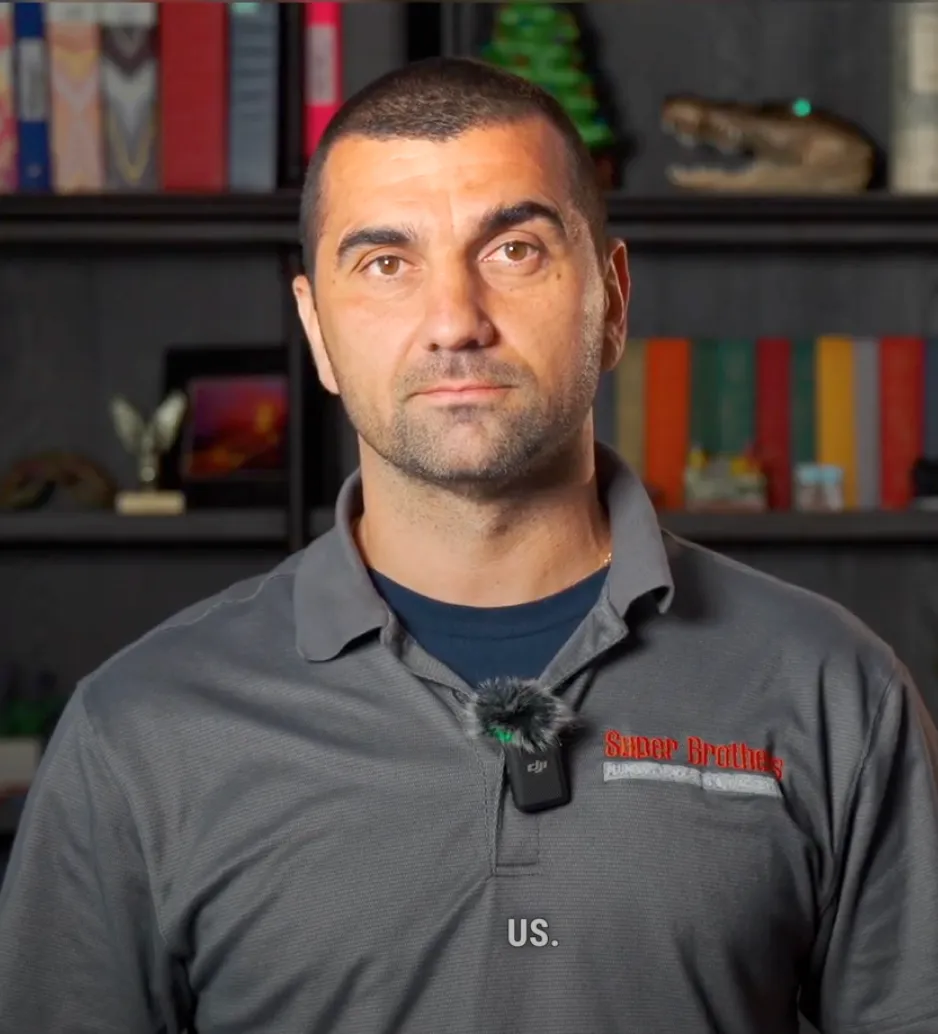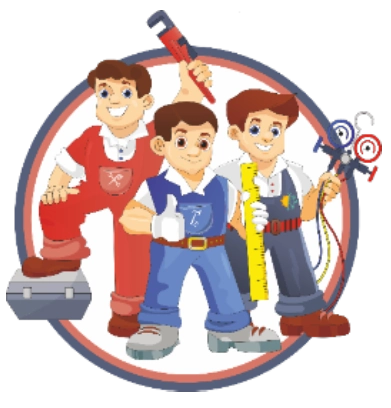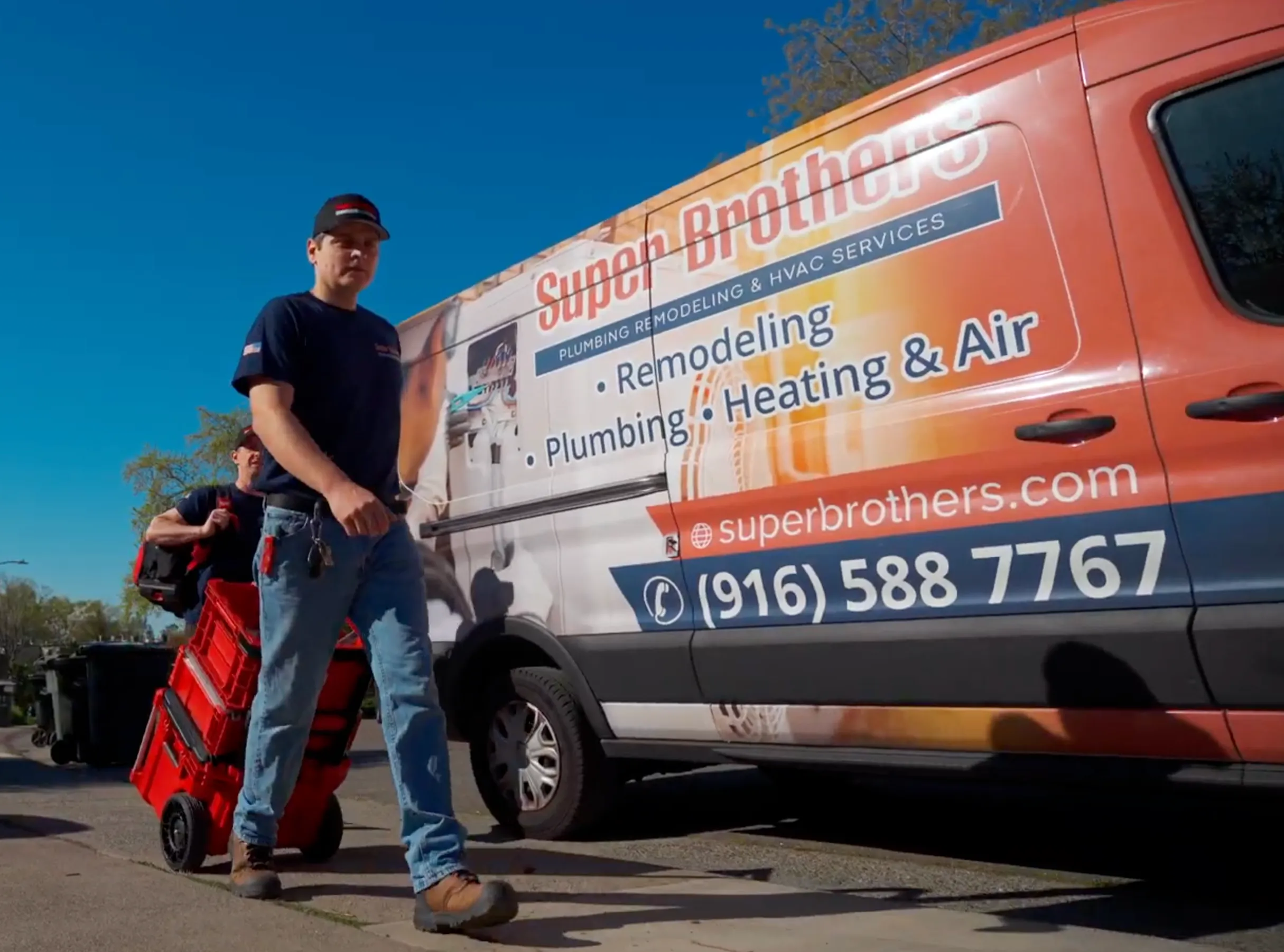Is your drain slow or making strange noises? Do you notice unpleasant odors around your home? These could be signs of a clogged vent pipe. A vent pipe plays a crucial role in your plumbing system, helping to balance air pressure and allowing water to flow freely through your drains. When a vent pipe becomes clogged, it can lead to a range of plumbing issues, from slow drains to gurgling sounds and even sewage odors. In this guide, we’ll walk you through how to identify and unclog a vent pipe, ensuring your plumbing system works efficiently.
What is a Vent Pipe and Why is it Important?
A vent pipe is an essential component of your plumbing system. It allows air to enter the plumbing line, which helps to maintain the proper pressure needed for water to flow down the drains. Without a functioning vent pipe, your plumbing system can experience problems like slow drainage, unpleasant odors, and even backed-up sewage. Understanding the role of a vent pipe can help you quickly identify when something is wrong and take steps to fix it.
Signs of a Clogged Vent Pipe
Before you start unclogging, it’s important to recognize the symptoms of a clogged vent pipe. Here are some common signs:
- Gurgling and Bubbling Sounds: If you hear gurgling or bubbling when water flows down the drain, it’s a sign that air, which should be escaping through the vent pipe, is being forced into the drain instead. This indicates a blockage in the vent pipe.
- Slow Drains: A slow drain in multiple fixtures across your home can be a sign of a clogged vent pipe. While a single slow drain might be due to a blockage in that specific drain, slow drainage in several areas usually points to a venting issue.
- Sewage Odors: If you smell sewage or foul odors coming from your drains or toilets, it’s likely because the vent pipe is blocked. This blockage prevents sewer gases from escaping properly, causing them to back up into your home.

Tools You’ll Need to Unclog a Vent Pipe
Before you begin the unclogging process, gather the following tools:
- Ladder: To safely access the roof where the vent pipe is located.
- Screwdriver: To remove any caps or covers on the vent pipe.
- Garden Hose: Equipped with a nozzle to spray water into the vent pipe.
- Plumber’s Auger (Drain Snake): To reach and clear blockages deep within the pipe.
- Flashlight: To inspect the inside of the vent pipe for any visible obstructions.
Step-by-Step Guide to Unclogging a Vent Pipe
- Safety First: Start by placing your ladder on stable, level ground. Ensure you follow all safety guidelines when working on the roof. If you’re uncomfortable with heights or unsure about safety, it’s best to call a professional plumber.
- Locate the Vent Pipe: Vent pipes are typically located on the roof and are usually 3 inches in diameter, made from PVC or cast iron. They are often black and may have a cap on top to prevent debris from entering.
- Check for Obstructions: Once you’ve located the vent pipe, remove any cap using a screwdriver. Shine your flashlight into the pipe to see if there’s any visible debris or blockage near the top. Common obstructions include leaves, dirt, and bird nests.
- Clear Visible Blockages: If you see any debris, carefully remove it by hand. Sometimes, simply clearing the top portion of the vent pipe can solve the problem.
- Use the Garden Hose: If there’s no visible blockage or if removing the debris doesn’t solve the issue, it’s time to use the garden hose. Attach the nozzle, set it to full spray or jet mode, and insert it into the vent pipe. Spray water into the pipe to help clear any clogs. You may need to do this several times to see results.
- Deploy the Plumber’s Auger: If the garden hose doesn’t clear the blockage, use a plumber’s auger. Insert the cable into the vent pipe and push it down until you feel resistance. This resistance indicates you’ve reached the clog. Turn the handle to work the auger head through the blockage. Once you’ve cleared it, you’ll notice water draining smoothly out of the pipe.
- Flush the Pipe: After using the auger, spray more water into the pipe with the garden hose to ensure that all debris is flushed out. This step is crucial for preventing future blockages.
- Replace the Cap: If your vent pipe had a cap, make sure to replace it securely after clearing the blockage. This will help prevent future debris from entering the pipe.

When to Call a Professional
If you’ve followed these steps and the problem persists, it’s time to call a licensed plumber. Persistent clogs could indicate a more serious issue within your plumbing system that requires professional attention. Additionally, if you’re uncomfortable performing any of these steps or working on the roof, Superbrothers, our team of professional technical specialists and plumbers, can safely and efficiently handle the job for you.
Preventing Future Clogs
To prevent your vent pipe from becoming clogged again, consider these tips:
- Regular Inspections: Periodically check your vent pipes for debris, especially after storms or high winds.
- Install a Vent Cap: If your vent pipe doesn’t already have one, consider installing a cap to keep out leaves, dirt, and small animals.
- Trim Nearby Trees: If there are trees near your vent pipe, keep branches trimmed back to reduce the chance of leaves and debris falling into the pipe.
Importance of a Clear Vent Pipe
A clear and functioning vent pipe is essential for maintaining the efficiency and safety of your plumbing system. It ensures that water flows smoothly through your drains, prevents sewer gasses from entering your home, and helps avoid costly plumbing repairs. By understanding how to unclog a vent pipe and taking preventive measures, you can keep your plumbing system in top shape.
Conclusion
Clogged vent pipes can cause a range of problems, from slow drains to unpleasant odors and even potential health risks. By following the steps outlined in this guide, you can confidently tackle a clogged vent pipe and restore your plumbing system to proper working order. Remember, safety is paramount, so don’t hesitate to call a professional if you’re unsure about any part of the process. Taking care of your vent pipe today will save you time, money, and headaches in the future.



